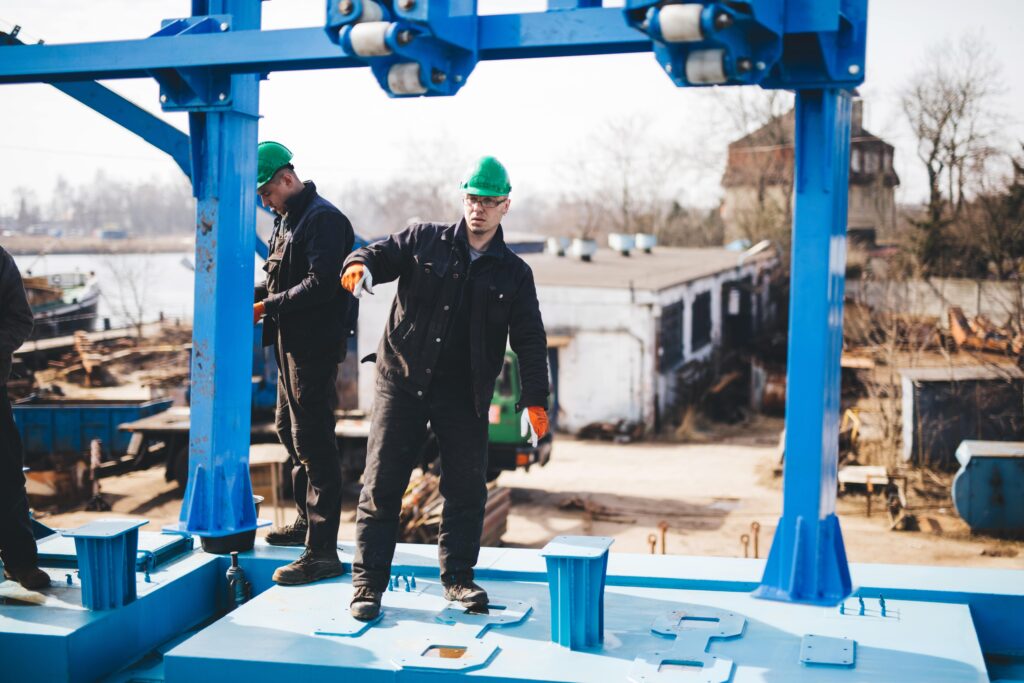As the world becomes increasingly interconnected, businesses across various sectors are leveraging the power of digital transformation to streamline their operations and enhance productivity. One such innovation that is making waves across industries is the concept of the connected worker.
This article explores how different sectors can adapt connected worker innovations, with a particular focus on the role of FAT FINGER, a digital workflow procedure builder that empowers front-line teams to do their work correctly every time.
Understanding the Connected Worker Concept
The connected worker concept involves using digital tools and technologies to enhance communication, collaboration, and productivity among employees, particularly those in the field or on the front lines. This approach leverages technologies such as IoT devices, augmented reality, and artificial intelligence to provide real-time data and insights, enabling workers to make informed decisions and perform their tasks more efficiently.
Connected Worker Innovations Across Industries

Connected worker innovations are not confined to a single industry. They are being adopted and adapted across various sectors, each with its unique set of challenges and requirements. Here are a few examples:
- Manufacturing: In the manufacturing sector, connected worker technologies are used to monitor equipment performance, predict maintenance needs, and ensure safety compliance. For example, FAT FINGER’s predictive maintenance feature allows for proactive equipment maintenance, reducing downtime and improving overall operational efficiency.
- Construction: In the construction industry, connected worker technologies can enhance safety, improve project management, and streamline communication. FAT FINGER’s safety features, such as near miss reporting and risk assessment, can help prevent accidents and ensure worker safety on construction sites.
Benefits of Adapting Connected Worker Innovations
Adapting connected worker innovations across different sectors offers several benefits:
- Increased Productivity: By providing real-time data and insights, connected worker technologies enable workers to perform their tasks more efficiently, leading to increased productivity.
- Improved Safety: Connected worker solutions can help ensure safety compliance, reducing the risk of accidents and injuries.
- Enhanced Decision-Making: With access to real-time data, workers can make informed decisions, improving the quality of their work and the overall operational efficiency.
Conclusion
As the world continues to evolve, the adoption and adaptation of connected worker innovations across different sectors will become increasingly important. Whether it’s manufacturing, healthcare, or construction, these technologies offer significant benefits, from increased productivity to improved safety. With solutions like FAT FINGER, businesses can easily implement these innovations, empowering their front-line teams to do their work correctly every time.
Ready to transform your operations with connected worker innovations? Sign up for FAT FINGER or request a demo today to learn more about how our solutions can help your business achieve operational excellence.


